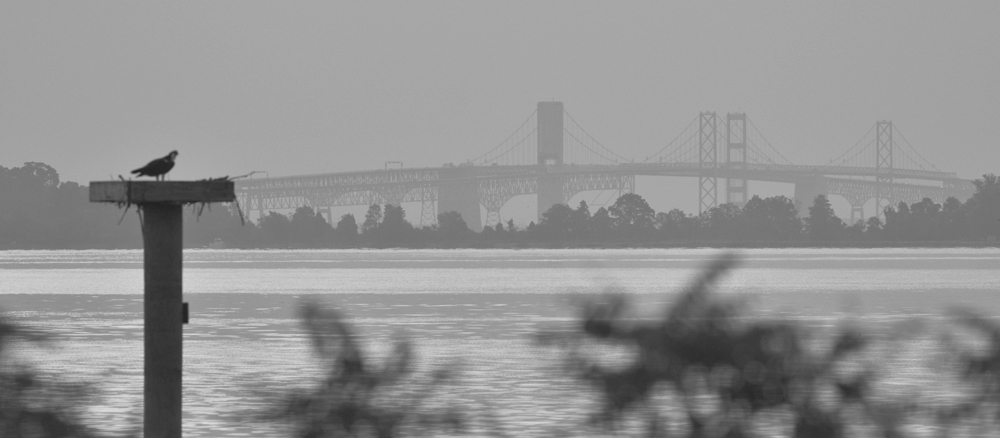I met my friend Natalie Ann at Sandy Point early this morning, and we immediately decided that the fog was too thick for a decent sunrise. It was still foggy when we got to Terrapin. There was actually a decent selection of birds, but not enough light for any good images.
By the time we got to CBEC, the light had started to improve, and it was good enough in the end.
Modern cameras can compensate for a lot, but there’s a limit.

Cornell: “The dapper Spotted Sandpiper makes a great ambassador for the notoriously difficult-to-identify shorebirds. They occur all across North America, they are distinctive in both looks and actions, and they’re handsome. They also have intriguing social lives in which females take the lead and males raise the young. With their richly spotted breeding plumage, teetering gait, stuttering wingbeats, and showy courtship dances, this bird is among the most notable and memorable shorebirds in North America.”






















